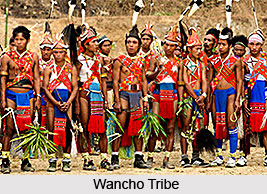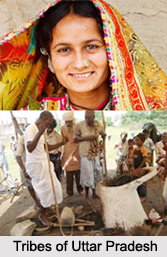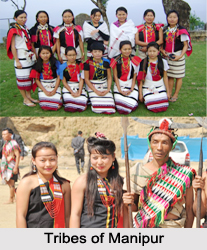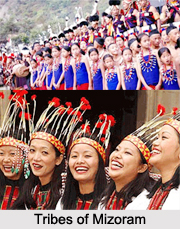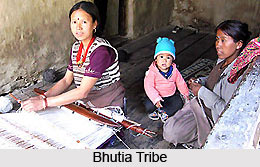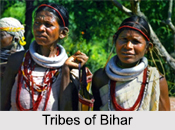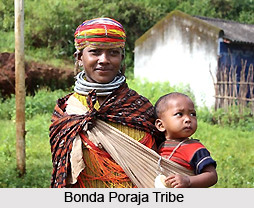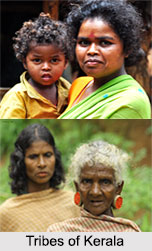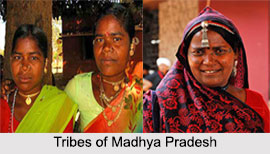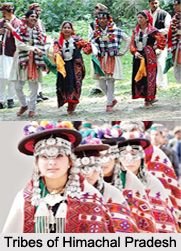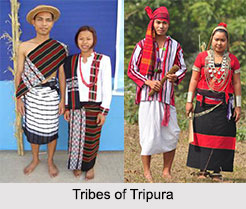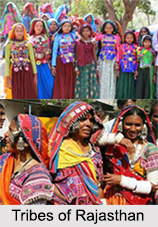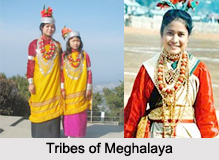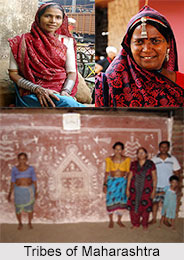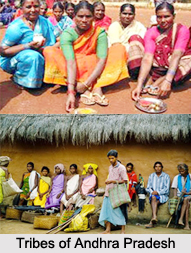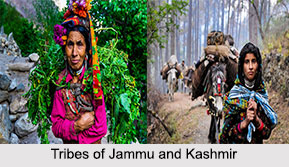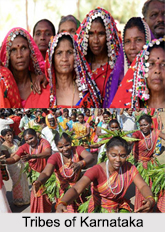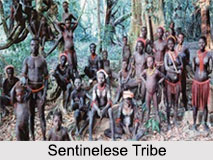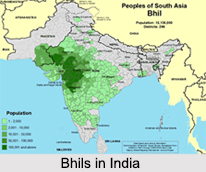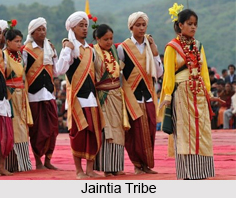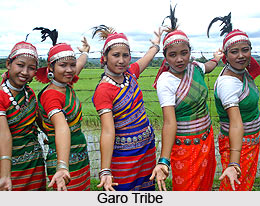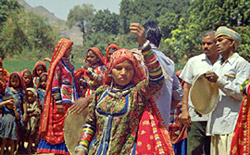Toda language, a Dravidian language, is spoken by the people of Toda Tribe. It has a population of about one thousand who are concentrated in the Nilgiri Hills of southern most part of India.
For a Dravidian language, Toda language has sixteen vowels, which is an unusually large number. There are eight vowel qualities, each of which may occur long or short. There is little difference in quality between the long and short vowels.
Toda language has an unusually large number of fricatives and trills. It has seven places of articulation that are the most for any Dravidian language. The unspoken laterals are true fricatives, not voiceless approximants; the retroflex lateral is highly unusual among the world`s languages. All of these consonants may occur in word-medial and -final position. However, only a restricted set occur initially. These letters are /p, t?, k, f, s?, m, n?, r?, l?, j and w. Unlike the other dental consonants, /?/ is interdentally. Similarly, /f/ is labiodentals while the other labials are bilabial.
The apical consonants of the Toda language are either alveolar or postalveolar. The actual feature that distinguishes /r?/ and /r?/ is uncertain. They have the same primary place of articulation.
Another difference of speaking the Toda Language, between them is that /r?/ is the least strongly trilled most often occurring with a single contact. However, different a flap, multiple contacts are normal, if less common, and /r?/ is easily noticeable from the other trills when they are all produced with the same number of contacts.
With all these the Toda language is not only concentrated among the Toda Tribe, the language spread in the entire region of Nilgiri Hills.
This article is a stub. You can enrich by adding more information to it. Send your Write Up to content@indianetzone.com
